Have you ever wondered what secrets lie buried beneath our feet? From ancient mysteries that challenge everything we thought we knew about history to bizarre discoveries that seem straight out of science fiction, archaeology continues to surprise and confound us. The discipline that studies our past keeps revealing facts so strange they almost defy belief.
Every year brings new revelations that reshape our understanding of ancient civilizations. These discoveries often leave experts scratching their heads and questioning established timelines. So let’s dive into some of the most mind-bending archaeological facts that prove truth really can be stranger than fiction.
Ancient Brains Have Survived Thousands of Years in Perfect Condition
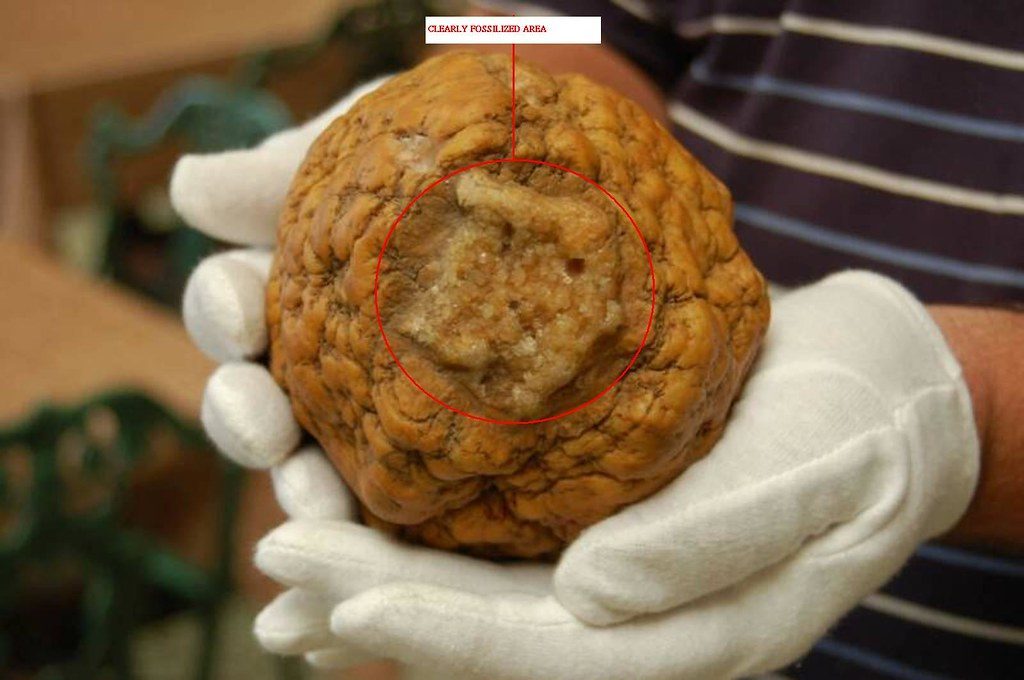
Think about the softest, most delicate organ in the human body – your brain. It’s the first thing to decompose after death, right? Wrong. Archaeologists have found thousands of cases in which human brains have been preserved for centuries, or even millennia, including a 12,000-year-old brain found near mammoth teeth in modern-day Russia and a brain preserved in a severed skull on a Swedish lakeshore around 6000 B.C.E.
The most famous example is the Heslington Brain, a 2,600-year-old human brain found inside a skull buried in a pit in Heslington, Yorkshire, England. It is the oldest preserved brain ever found in Eurasia, and is believed to be the best-preserved ancient brain in the world. What makes this discovery even stranger is how perfectly intact it remains. According to the archaeologists and scientists who have examined it, the brain has a “crumbly texture, like very old dried up chocolate”.
Researchers now have over 570 brains of this unknown preservation type in laboratories – four and a half fridges full of brains from different European countries. The mechanism behind this preservation remains one of archaeology’s greatest mysteries.
The World’s Oldest Mummies Come from an Unexpected Place
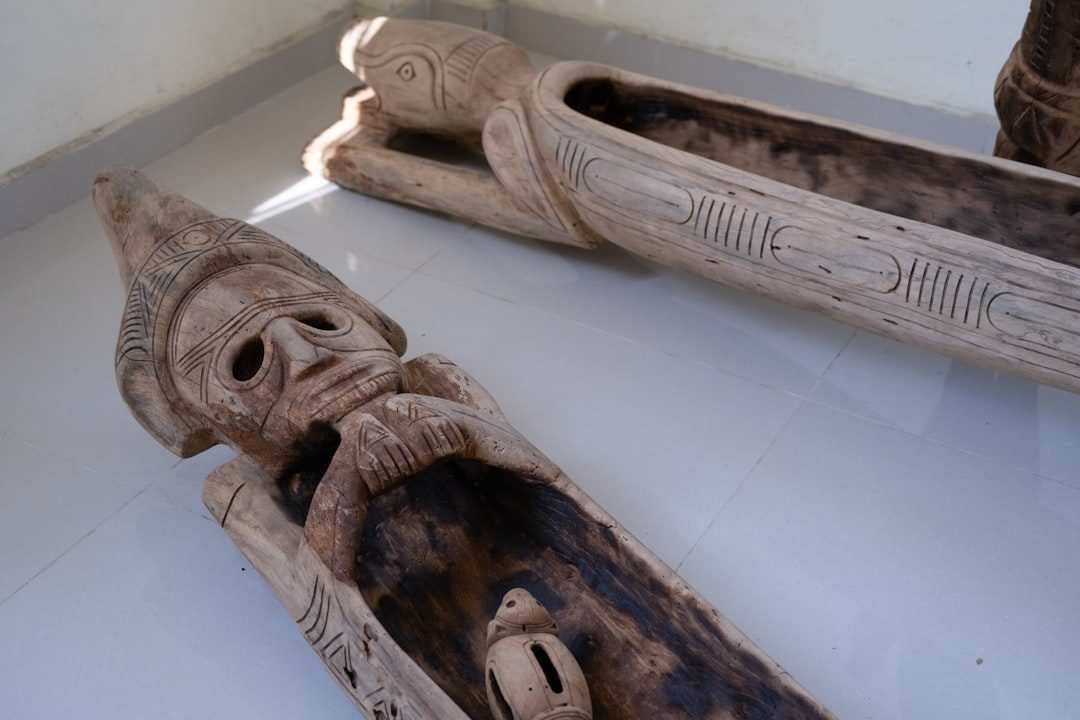
When you think of mummies, Egypt probably comes to mind. However, Southeast Asian groups mummified bodies over smoky fires before burying them as early as 12,000 years ago, long before Egyptians began making mummies. These smoke-dried mummies completely rewrite the history of body preservation.
The corpses had been bound in crouched postures, then dried over low-temperature fires for several months, according to archaeologist Hsiao-chun Hung from Australian National University in Canberra. The fact that smoke-dried mummification spread across such a vast area and endured for more than 12,000 years among Indigenous groups is remarkable.
Meanwhile, the earliest examples of artificial mummification have been traced to the Chinchorro culture in the Atacama Desert, with the earliest known anthropogenically modified Chinchorro mummy dating to around 5050 BCE. This predates Egyptian mummification by thousands of years, completely changing our understanding of ancient preservation practices.
Roman Mystery Objects Still Baffle Scientists Today
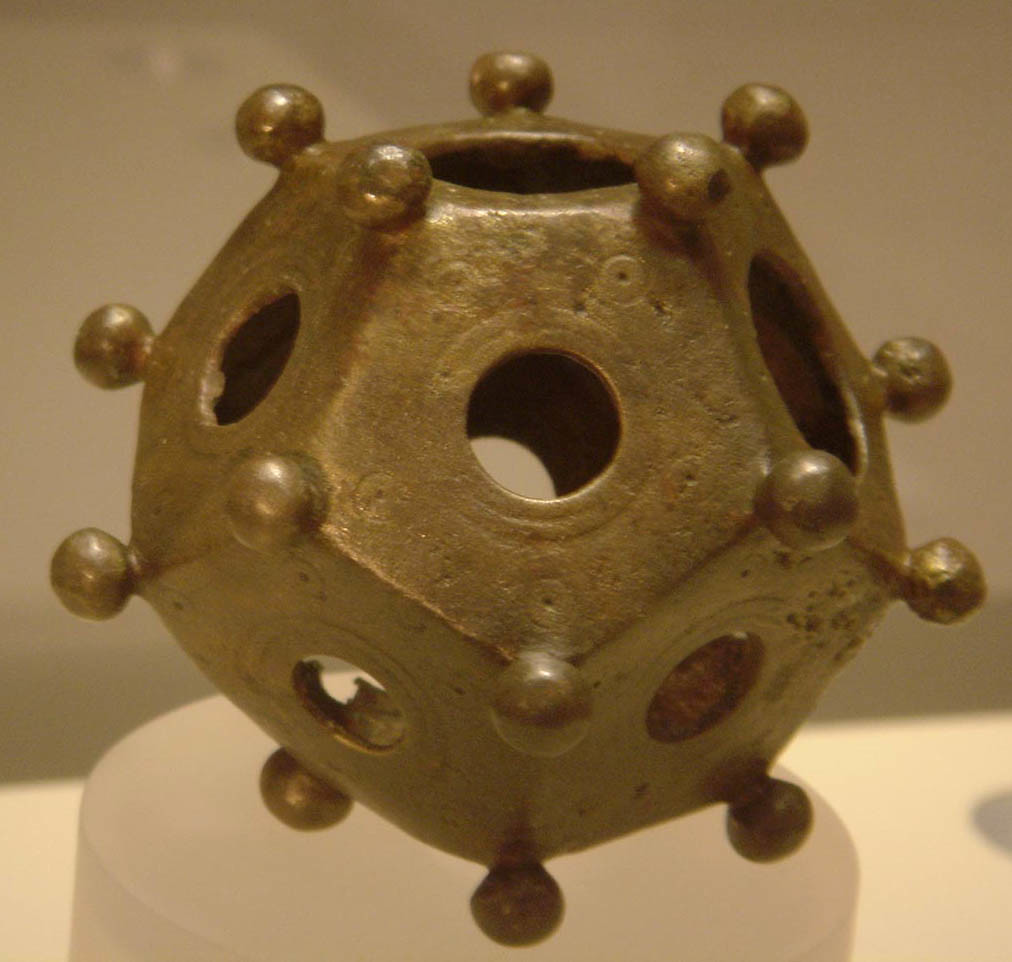
Imagine finding an object so puzzling that after studying it for over a century, no one has any idea what it was used for. Roman dodecahedrons – one of 130 of the 12-sided ancient objects known in the world – have functions that have been completely lost to time, with some measuring 3 inches across and being completely unique.
These bronze artifacts are finely crafted from copper alloy, with about 130 found across the north-west provinces of the former Roman empire. No representations of these objects are known in ancient art or literature. Despite being complete and undamaged, clearly considered of great value by whoever made them, they remain enigmas.
The mystery deepens when you consider their craftsmanship. Each dodecahedron shows incredible attention to detail, suggesting they served an important purpose. Yet their function remains as mysterious today as when archaeologists first started finding them in the 1800s.
The Oldest Known Cave Paintings Reveal Prehistoric Hunting Scenes
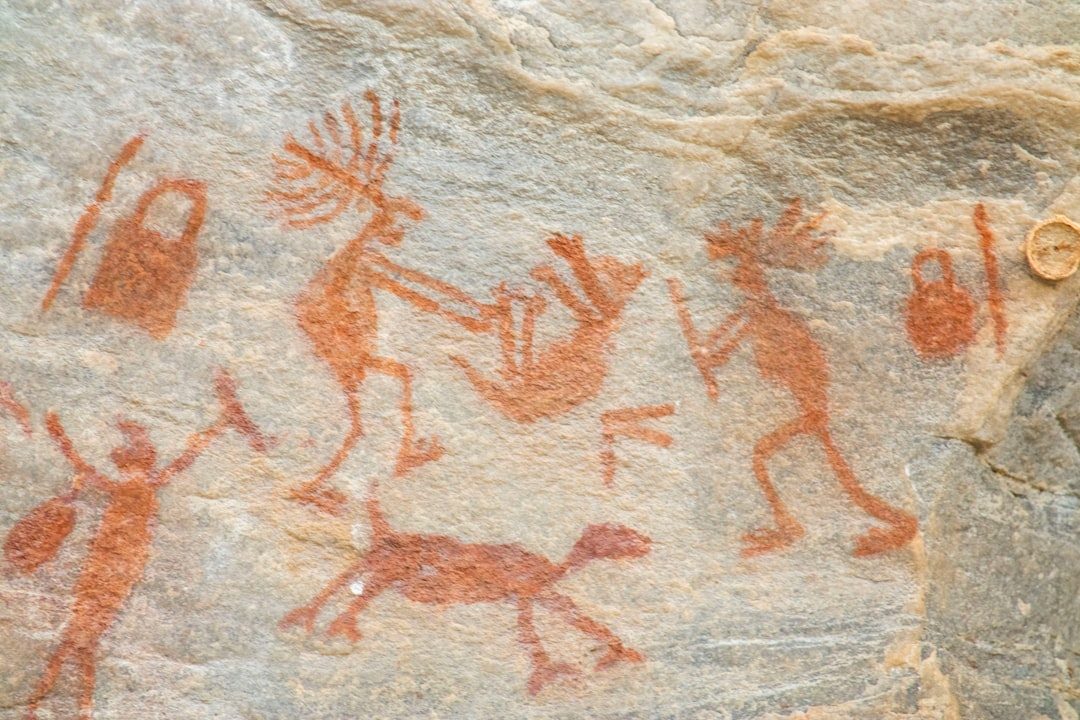
Cave art just got a lot older and more sophisticated than we previously imagined. Scientists announced in 2024 that painted scenes of people hunting pig-like animals found in a cave on the island of Sulawesi are at least 51,200 years old, beating out the last contender for oldest cave art by around 5,000 years.
But that’s not the only record-breaker. Nearly 700 miles southwest of Buenos Aires, archaeologists from Argentina and Chile discovered the earliest known cave paintings in South America, dating back 8,200 years, with 895 works of art from the Huenul 1 cave.
Scientists dated four black charcoal patterns within the cave system, showing they were repeated for a period of at least 3,000 years, shedding light on the artistic ability and communication between hunter-gatherers during the middle Holocene period.
Ancient Civilizations Had Computers Before Anyone Realized
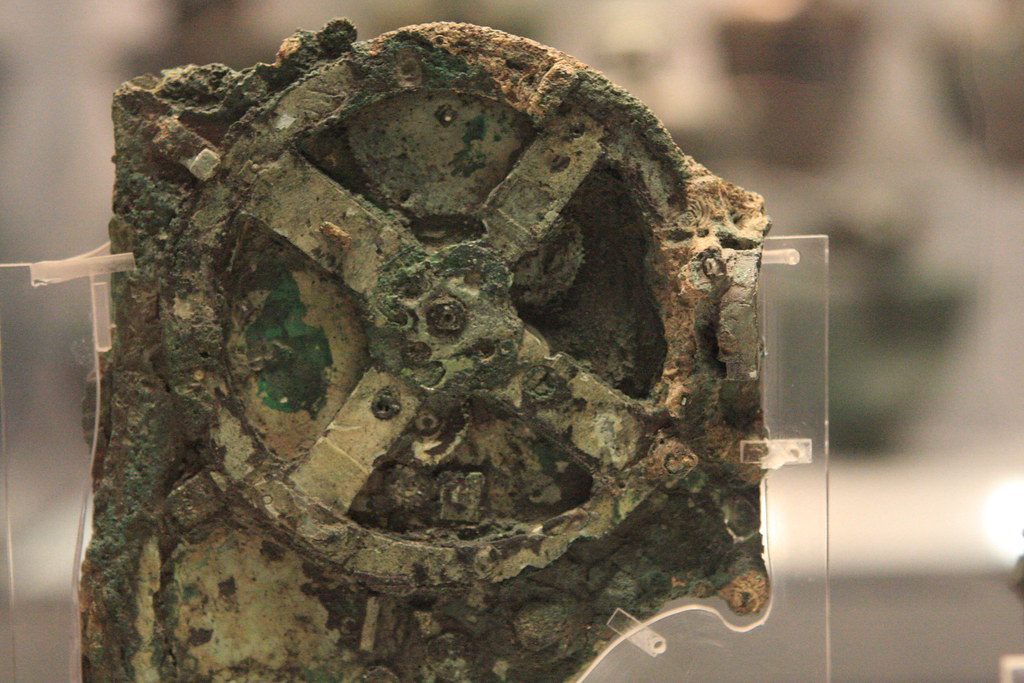
Picture this: you’re diving in Greek waters in 1900 when you discover what looks like a chunk of corroded metal. Little did anyone know, this would turn out to be the Antikythera mechanism, labeled the first mechanical computer, found in a shipwreck and designed to calculate astronomical positions. It’s about as complex as an 18th-century top-notch clock, although it’s 2100 years old.
As mathematician Tony Freeth said in a NOVA documentary, “If it hadn’t been discovered … no one would possibly believe that it could exist because it’s so sophisticated.” The device could predict eclipses, track planetary movements, and even calculate the dates of the Olympic Games.
The implications are staggering. Judging by its complexity, it seems fair to assume that the Antikythera has other predecessors and maybe even more advanced versions, but none have been found. The complexity and workmanship did not appear again in Europe until the fourteenth century.
Medieval Cities Keep Appearing Out of Nowhere
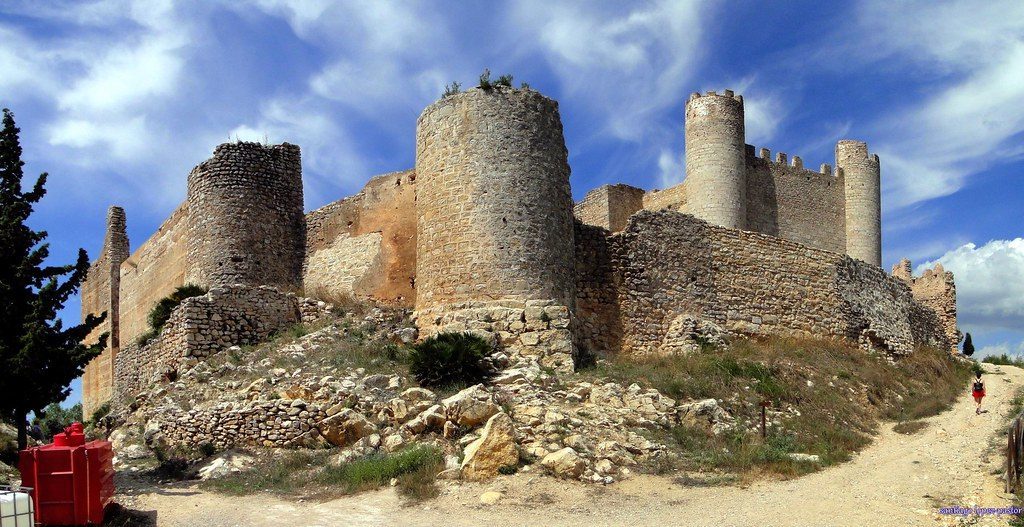
Thanks to modern technology, archaeologists are finding entire lost civilizations hiding beneath our feet. Lidar scans revealed city walls and defensive fortifications in Tugunbulak, a recently discovered medieval city along the Silk Road in what’s now southeastern Uzbekistan, along with Maya settlements at Campeche in southern Mexico and ancient ruins on the Pacific island of Tonga.
Even more remarkable is what’s happening in people’s backyards. When Mustafa Bozdemir of Anatolia, Turkey, decided to dig under his single story home to create storage space, he discovered an ancient underground city that begins a few meters under the ground and has two levels.
A study published in January 2024 revealed an extraordinary complex of cities in the Ecuadorian Amazon, revealing some 15 urban centers, a probable 6,000 homes, agricultural terraces, and roads. These existed for around 1,000 years, with a population possibly as high as 30,000.
Some Ancient Artifacts Shouldn’t Exist According to Our Timeline
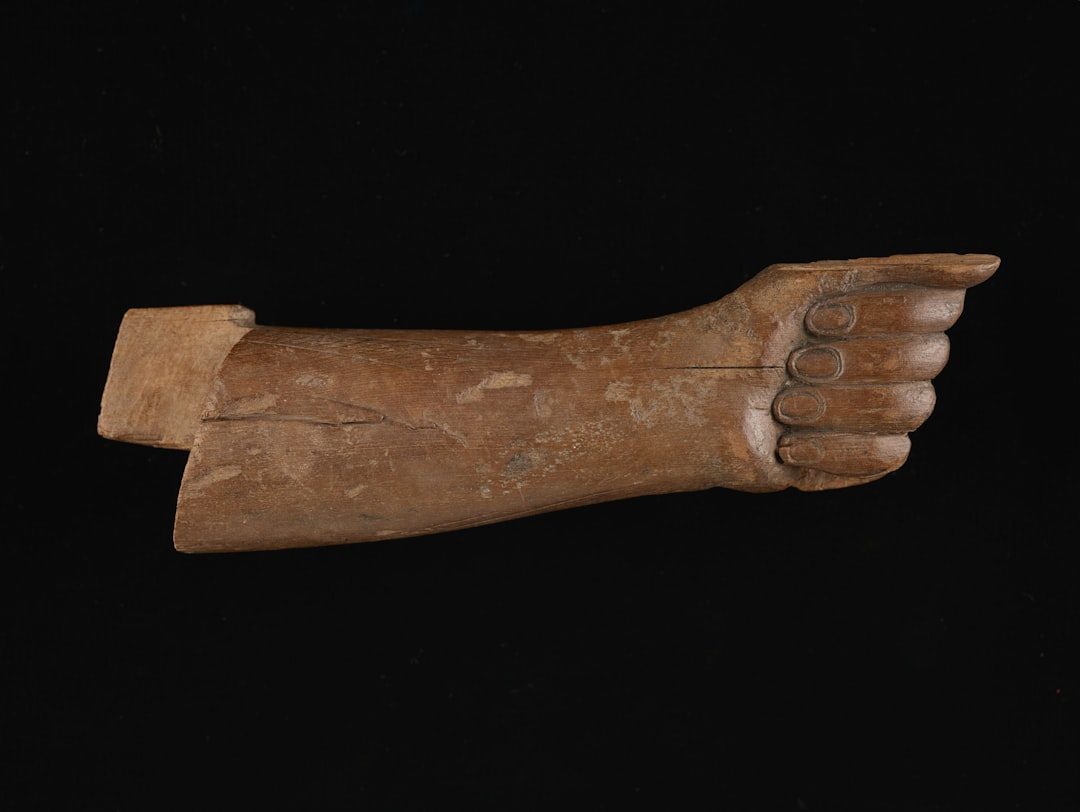
Every so often, archaeologists discover objects that seem to be from the wrong time period entirely. Clay jars with asphalt stoppers and iron rods made some 2,000 years ago have been proven capable of generating more than a volt of electricity. These ancient “batteries” were found by German archaeologist Wilhelm Konig in 1938 just outside of Baghdad, Iraq.
Dr. Paul Craddock, a metallurgy expert at the British Museum, told the BBC in 2003: “The batteries have always attracted interest as curios. They are a one-off. As far as we know, nobody else has found anything like these. They are odd things; they are one of life’s enigmas.”
Another puzzling find involves tools that appeared far too early in history. Large stone tools from the earliest inhabitants were found in southern India dating 78,000 years ago, with more specialized arrowheads and blades appearing around 67,000 years ago, showing that people had advanced tools more than 200,000 years ago.
Ancient Warriors Smoked Cannabis Before Battle

Here’s something that would definitely surprise ancient history textbooks. The ancient warriors of the Scythians, a nomadic Iranian tribe, ritually smoked narcotics before going into battle. Archaeologists in Southern Russia discovered a number of 2,400-year-old pure gold “bongs,” which still contained traces of marijuana and opium.
Greek philosopher Herodotus wrote about the effects: “Scythians used a plant to produce smoke that no Grecian vapor-bath can surpass which made them shout aloud.” The archaeological evidence now proves these ancient accounts weren’t just tall tales.
The discovery of golden smoking apparatus shows how important these rituals were to Scythian culture. The fact that they crafted these tools from pure gold indicates the high value they placed on their pre-battle ceremonies.
3,500-Year-Old Cheese Was Buried with Chinese Mummies
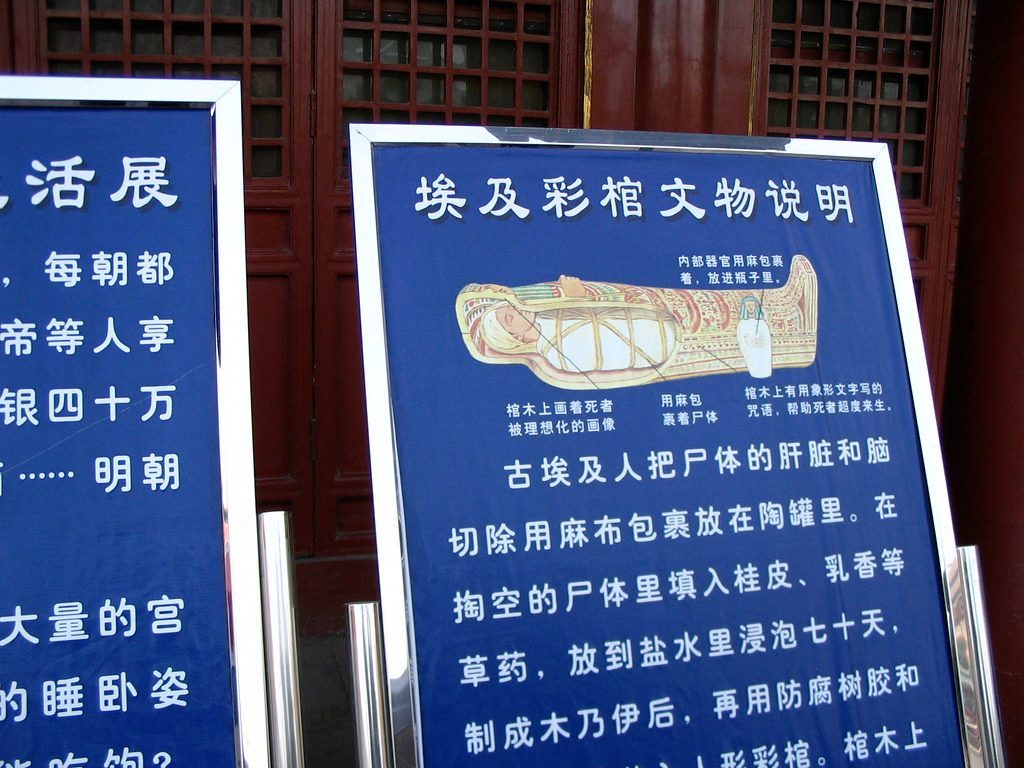
Talk about taking snacks for the afterlife seriously! Mummies found within tombs in northwestern China were buried with 3,500-year-old cheese. While cheese is a way to make milk last longer, it’s unlikely that ancient people expected it to last this long.
This discovery reveals fascinating details about ancient food preservation and burial customs. The cheese was so well-preserved that scientists could analyze its composition and determine what kind of animals provided the milk. It suggests these ancient peoples had sophisticated understanding of dairy fermentation long before we thought such knowledge existed.
The fact that cheese was considered important enough to include in burial goods also tells us about the role food played in ancient Chinese beliefs about the afterlife. They clearly believed the deceased would need sustenance in their journey beyond death.
King Tut’s Mummy Actually Caught Fire Inside His Tomb
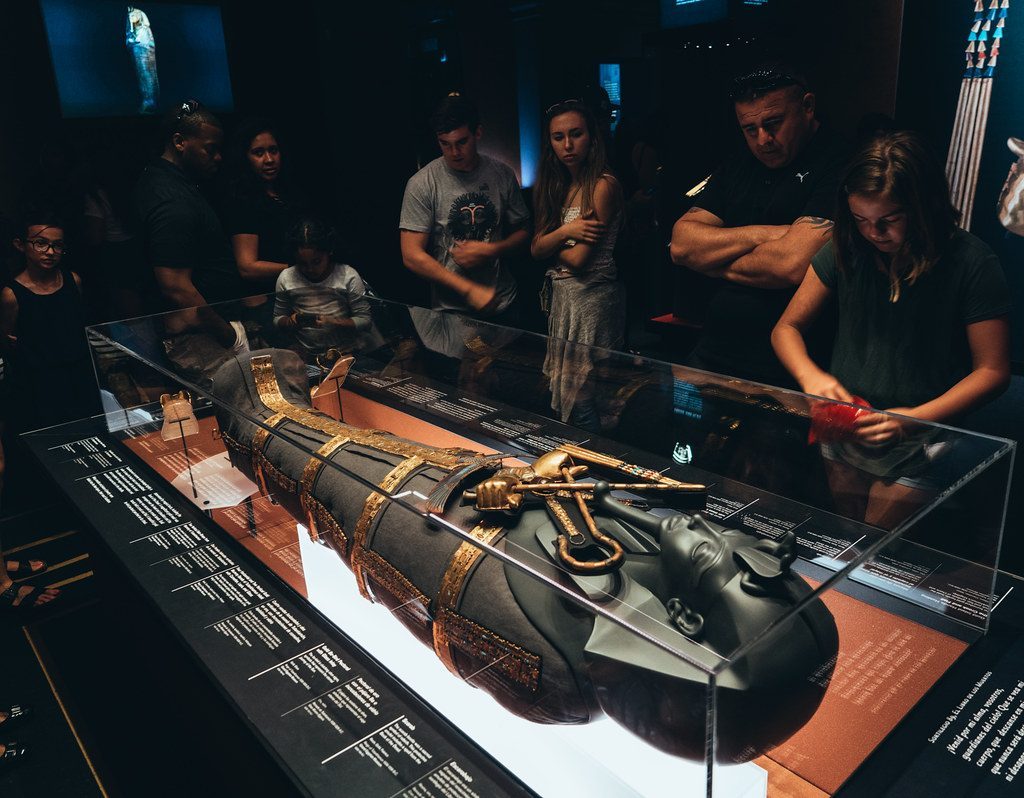
The most famous mummy in history had a secret that only modern science could uncover. King Tut appears to have caught fire after his body was mummified and his tomb sealed. Experts believe that his linen wrappings, soaked in flammable embalming oils, reacted with oxygen in the air to start a chain reaction that ignited the king’s corpse, “cooking” it at about 390 degrees Fahrenheit. A rushed burial was likely behind the botched embalming job that caused the fire.
This revelation completely changes our understanding of Tutankhamun’s burial. Archaeologists believe that the boy king died unexpectedly, perhaps from an infection or from injuries sustained in a chariot accident. His untimely death may help to explain the strange condition that his mummy was in when it was discovered.
The combustion wasn’t discovered until modern CT scans revealed the unusual damage to his remains. It’s a reminder that even the most studied archaeological finds can still hold secrets waiting to be discovered.
These incredible archaeological facts prove that our understanding of the past is constantly evolving. Every excavation, every new technology, and every fresh analysis brings the potential to completely rewrite history books. From preserved brains that shouldn’t exist to ancient computers that seem impossible, the archaeological record continues to challenge our assumptions about what ancient peoples could achieve.
What strikes me most about these discoveries is how they humanize our ancestors while simultaneously showing their remarkable ingenuity. Whether they were smoking cannabis before battle, burying cheese with their dead, or creating sophisticated astronomical computers, they were far more complex and capable than we often give them credit for.
What do you think about these mind-blowing archaeological facts? Which discovery surprised you the most? Tell us in the comments below.

Jan loves Wildlife and Animals and is one of the founders of Animals Around The Globe. He holds an MSc in Finance & Economics and is a passionate PADI Open Water Diver. His favorite animals are Mountain Gorillas, Tigers, and Great White Sharks. He lived in South Africa, Germany, the USA, Ireland, Italy, China, and Australia. Before AATG, Jan worked for Google, Axel Springer, BMW and others.



